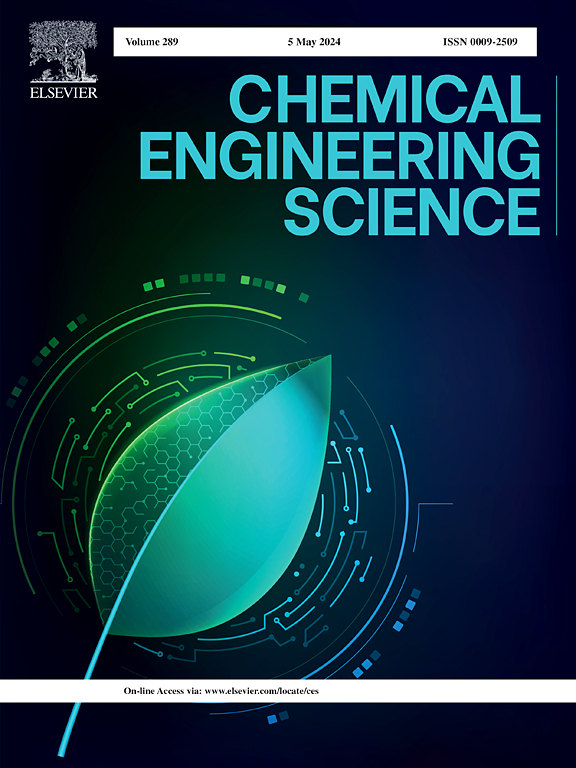Synergistic integration of internal gradient-doping and external coating for superior performance in lithium-rich Mn-based cathodes
IF 4.1
2区 工程技术
Q2 ENGINEERING, CHEMICAL
引用次数: 0
Abstract
Key obstacles to commercializing lithium-rich manganese-based cathodes (LRMs) include voltage decline and capacity loss due to irreversible structural damage. The integration of structural design with surface modification to enhance structural stability represents the optimal choice for addressing these challenges. Here, an H+/Li+ exchange interface treatment and subsequent thermally driven process achieves external LiMgPO4 coating and internal gradient Mg doping of LRMs. The “pillars effect” achieved through Mg doping reduce the irreversible oxygen release and inhibits the migration of transition metals, and the LiMgPO4 coating layer mitigates interfacial reactions. As a result, the dual-form incorporation of Mg components, synergistically enhances the electrochemical performance of LRMs for Li-ion batteries. The modified sample exhibits an improved capacity retention from 68.8 % to 85.3 % after 250 cycles compared to the pristine LRMs, and demonstrates a high specific discharge capacity of 155.8mAh g−1 at 5C. This work provides a valuable new idea for improving the comprehensive electrochemical performance of LRMs through a synergistic integration strategy that encompasses both internal doping and external coating factors of Mg components.
内部梯度掺杂与外部涂层协同集成,实现富锂锰基阴极的优异性能
富锂锰基阴极(lrm)商业化的主要障碍包括电压下降和由于不可逆转的结构损坏造成的容量损失。将结构设计与表面改性相结合以提高结构稳定性是解决这些挑战的最佳选择。在这里,通过H+/Li+交换界面处理和随后的热驱动工艺实现了lrm的外部LiMgPO4涂层和内部梯度Mg掺杂。通过Mg掺杂实现的“柱子效应”减少了不可逆的氧释放,抑制了过渡金属的迁移,LiMgPO4涂层减轻了界面反应。结果表明,Mg组分的双形态掺入,协同提高了锂离子电池lrm的电化学性能。与原始lrm相比,经过250次循环后,改性样品的容量保持率从68.8% %提高到85.3 %,并且在5C下具有155.8mAh g−1的高比放电容量。这项工作为通过将Mg组分的内部掺杂和外部涂层因素结合起来的协同集成策略提高lrm的综合电化学性能提供了有价值的新思路。
本文章由计算机程序翻译,如有差异,请以英文原文为准。
求助全文
约1分钟内获得全文
求助全文
来源期刊

Chemical Engineering Science
工程技术-工程:化工
CiteScore
7.50
自引率
8.50%
发文量
1025
审稿时长
50 days
期刊介绍:
Chemical engineering enables the transformation of natural resources and energy into useful products for society. It draws on and applies natural sciences, mathematics and economics, and has developed fundamental engineering science that underpins the discipline.
Chemical Engineering Science (CES) has been publishing papers on the fundamentals of chemical engineering since 1951. CES is the platform where the most significant advances in the discipline have ever since been published. Chemical Engineering Science has accompanied and sustained chemical engineering through its development into the vibrant and broad scientific discipline it is today.
 求助内容:
求助内容: 应助结果提醒方式:
应助结果提醒方式:


